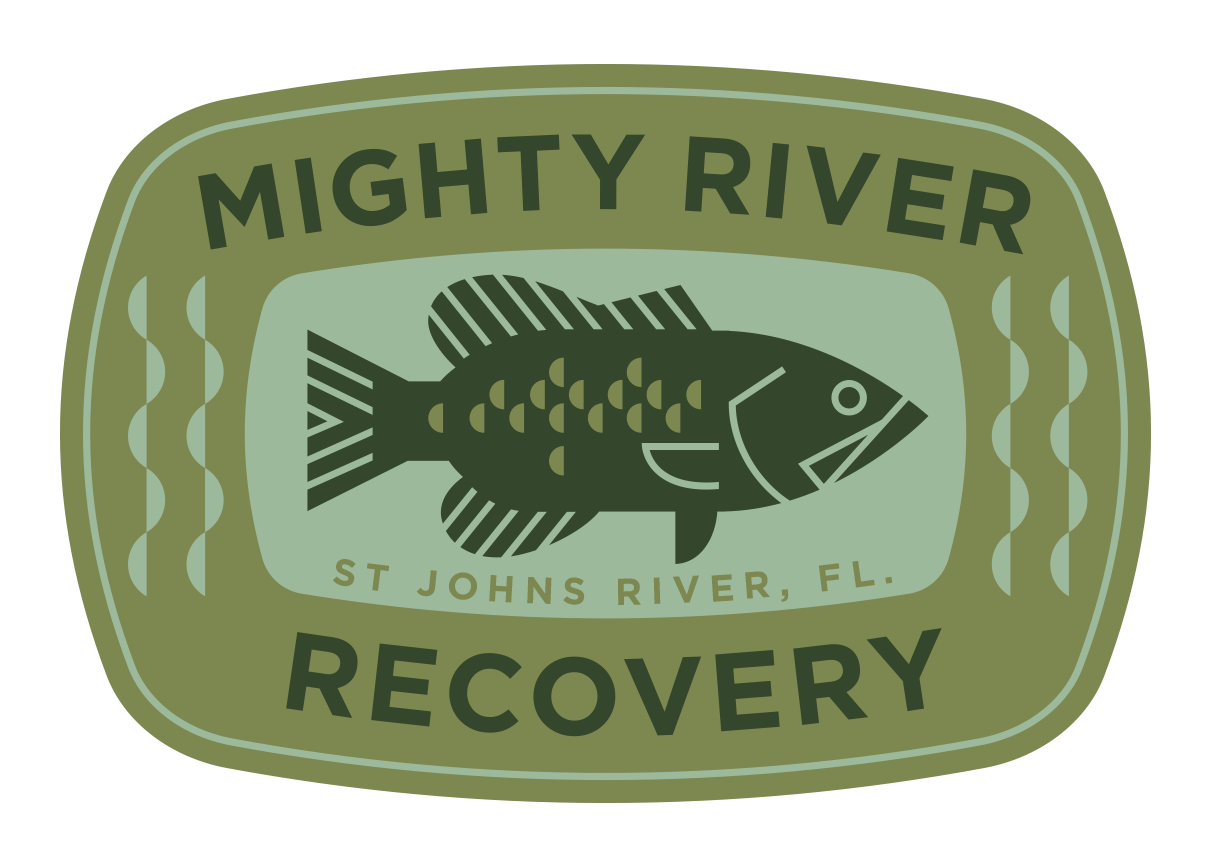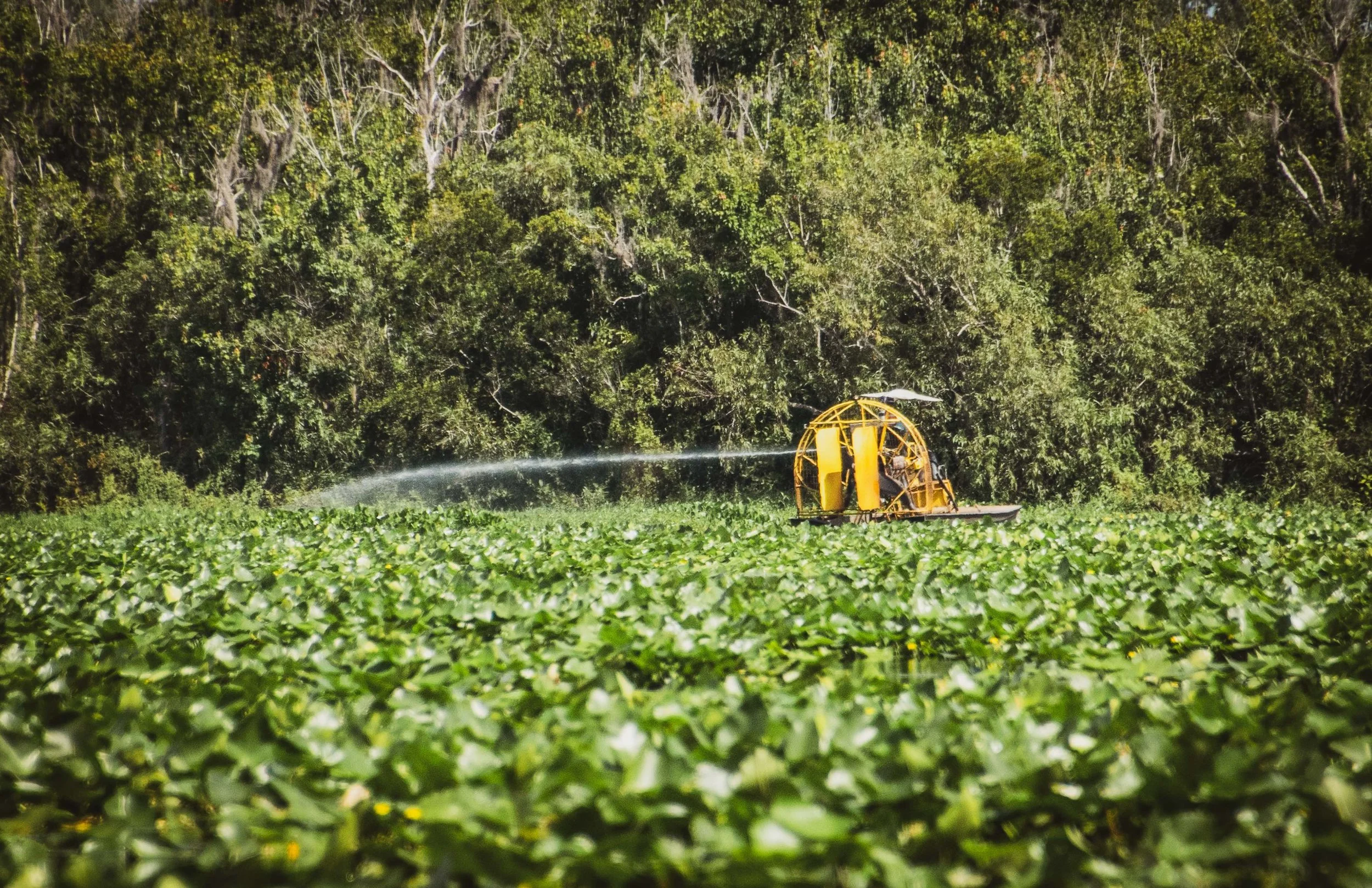Tests are derived for 8 chemicals, three ways:
Testing for these compounds is incredibly difficult.
Some bind to the soil, others persist in organic material but are quickly lost to evaporation when exposed to air.
Our methods involve sampling from the St. Johns River in three lakes throughout Volusia County. Here, we:
Sample water
Sample sediment after air drying
Use a specialized sediment sample method for Glyphosate and Diquat, only.
Triclopyr
Imazamox
Penoxsulam
Flumioxazine
Glyphosate
2, 4-D
Diquat
Carfentrazone
In 2025, Mighty River Recovery, along with important supporters, started the CEP initiative to address declining habitat.
Everywhere we turn, the St. Johns River is suffering. In fact, over 90% of all native, submerged vegetation has been lost from this once world-famous fishing destination.
In order to determine the causes of our decline, ALL of the variables must be considered , including the impacts and presence of herbicides.
To do so, we’re taking on the tests ourselves, using three independent labs from across the country.
Herbicide Testing Results
For over 60 years, herbicides have been used to eliminate invasive plants on the St. Johns River. Many of these chemicals kill aquatic organisms as well as beneficial, native plants. Nearly all are hazardous to the environment.
Scientific data proves that the use of herbicides reduces water quality by increasing nutrients and pollutants, increases the occurrences of harmful algae blooms (HABs) , and increases the success of invasive, problem plants over native habitat.
Despite all of this, the State of Florida does not test for herbicide build-up in our environment.
No governing body responsible for resource management - not the Florida FWC, the DEP, any Water Management District, the US Army Corps of Engineers - NONE test for herbicides in the St. Johns River, or even acknowledge the need to.





